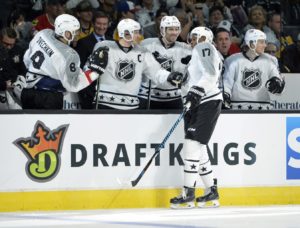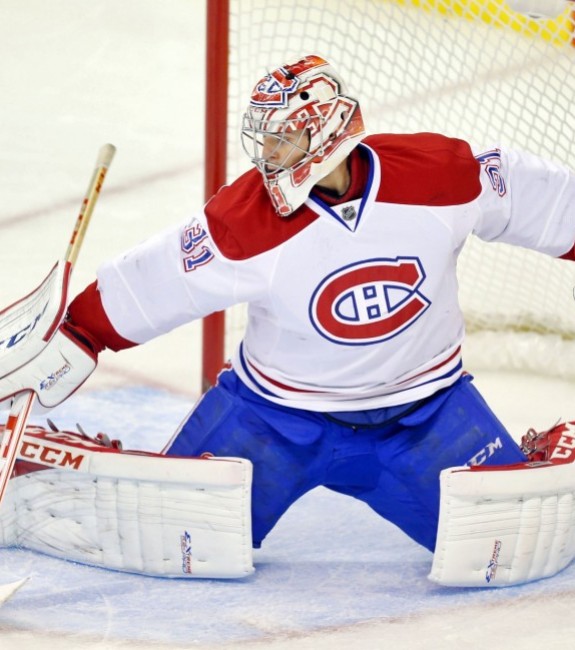LOS ANGELES – When asked about the format for the NHL All-Star Game, players, in unison, sounded a common refrain. “Fun,” was the response, and the move to a 3-on-3 competition for this event was met with universal approval.
Since the NHL adopted the 3-on-3 format for overtime sessions, the game opened up dramatically and drew fans directly to its core. Embraced by fans and players alike, the decision was made last year to go to the 3-on-3 format for the All-Star Game in Nashville. The structure was then carried over to this year’s event in the Staples Center.
From reaction by players and the dynamics for this format, there is no reason why this 3-on-3 structure would be not a permanent feature of the NHL’s All-Star weekend.

The predominant characteristics of speed and creativity become obvious. At the same time, and given the reality of only three skaters on the 200-foot ice surface, individual skills are clearly accentuated.
“To be successful, you need to have good puck movement,” San Jose defenseman Brent Burns told The Hockey Writers. “Also, you hope to win the draw. This showcases speed. If you’re not moving, your chances of success are not that good.”
For goal keepers, the 3-on-3 structure is likely puck suicide. Given the all-important dimension of speed, add the specter of space and the result could be disastrous.
Puck Management Is Critical
“Puck possession is a big part of any strategy you try to have,” said Montreal netminder Carey Price. “You have to take into account how wide open the game is and so it’s really important to control the puck.”

Perhaps the most glaring characteristic of this format remains the ability to concentrate. Given the dynamics of this structure, anything less than total concentration could be catastrophic. Then again, players tend to take liberties and their skills, diverse and strong, take over.
Prior to the 3-on-3 All-Star Game format, Mike Smith, goalie for the Arizona Coyotes, told The Hockey Writers the prospect of facing the best players in the world on their terms could be frightening.
“I may need a hug after this one,” he said.
Yet, Smith’s performance, especially in the championship round against the eventual winner Metropolitan Division, was strong, and he smiled after the game. “I’m good. Don’t need a hug.”
In this format, the intensity level rises, and players are keenly aware of this aspect. The fear of making a mistake is magnified, and the ability to cover a mistake remains minimal.
“This really becomes a fast game and pretty intense,” said defenseman Seth Jones of the Blue Jackets. “Puck possession is essential and there’s not much room for anything. You have to take your time and trust your judgment.”
In the end, the 3-on-3 provided great excitement to the sell-out crowd in the Staples Center. Plus, the barrage which goalies feared was not as extreme. In the championship round of 10 minutes playing time, the Capitals’ Braden Holtby turned away all five shots he faced and Smith allowed two goals on 13 shots.
While the NHL has not committed to a site for the 2018 All-Star Game at this point, it might be wise not to change or alter the 3-on-3. Over the past two All-Star contests, this was clearly proven successful to the players and popular with fans.